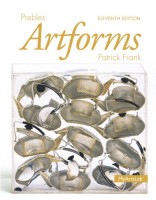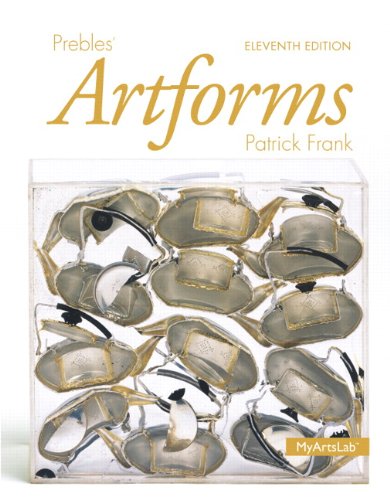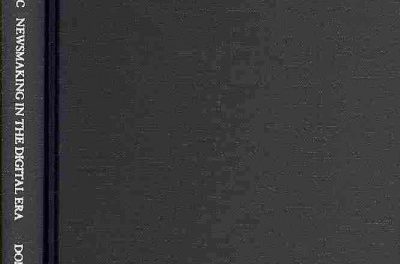 Editors: Patrick Frank
Editors: Patrick Frank
Publisher: Pearson – Education – 522 pages, with 165 new images
Book Review by: Laxmi Chaandi
Patrick Frank poses the question “Why Study Art?” in his Preface and immediately answers it by saying “because at some point in human history, artists have dealt with every type of human experience, from the common to the forbidden, the mundane to the sacred, the repugnant to the sublime.” My own non-artist answer is that basically it is part of human nature to want to express what we have in our heads as well as to respond in our own way to what we see.
I believe that the need for self-expression is inherent in all of us human beings, and we find various ways to do that through myriad means and in various media. Works of art then, to me, are those material, particularly visual, forms of expression.
The author gives us three reasons for writing this book:
- To foster appreciation of major works of art
- To open students’ eyes and minds to the richness of the visual arts as unique forms of human communication
- To convey the idea that the arts enrich life best when we experience, understand, and enjoy them as integral parts of the process of living
He points out that this eleventh edition is a product of extensive revision driven by:
- Advice from instructors about changing pedagogical needs
- New scholarly research
- Recent creativity by artists around the world
The coverage of subjects in this uniquely creative, useful book is extensive. Below is a sort of bird’s eye view for you based on its Brief Contents:
- The Language of Visual Experience
- The Nature of Art and Creativity
- The Purposes and Functions of Art
- The Visual Elements
- The Media of Art
- The Principles of Design
- Evaluating Art
- Drawing
- Painting
- Printmaking
- Photography
- Moving Images: Film and Digital Arts
- Design Disciplines
- Sculpture
- Craft Media: Flirting with Function
- Architecture
- Art as Cultural Heritage
- From the Earliest Art to the Bronze Age
- The Classical and Medieval West
- Renaissance and Baroque Europe
- Traditional Arts of Asia
- The Islamic World
- Africa, Oceania, and America
- The Modern World
- Late Eighteenth and Nineteenth Centuries
- Early Twentieth Century
- Between World Wars
- Postwar Modern Movements
- The Postwar Modern World
- Postmodernity and Global Art
The chapters are smartly laid out to help students learn. A Think Ahead feature at the beginning of each chapter lists questions you need to answer and tasks you need to do before, during, or after reading each chapter.
A Think Back at the end of each chapter asks you questions on the chapter content in order to test yourself about what you learned; and Try This is an assignment for you to do after reading the chapter. Finally, a list of Key Terms helps you recall and remember main concepts.
You can get help from Pearson to enhance your learning experience from this book by going to www.MyArtsLab.com, which has around 50,000 users in the United States. To order this book with MyArtsLab, use ISBN 0-205-98933-0. This website is provides you an online homework, tutorial, and assessment program that truly engages you in your learning. It can help you better prepare for class. quizzes, and exams – resulting in better performance in the course.
It provides educators with a dynamic set of tools for gauging individual and class progress. My ArtsLab comes from Pearson, your partner in providing you the best digital learning experiences. Pearson, founded in 1844, is one of the world’s oldest book publishers, as well as the largest one.
Other helpful resources available to students and instructors are:
- CourseSmart eTextbook: www.CoursesSmart.com
- Instructor’s Manual and Test Item File: www.MyArtsLab.com
- My Test: www.PearsonMyTest.com
Patrick Frank has taught in many higher education environments, from small community colleges to public research universities. Most recently he held an appointment as Regents’ Lecturer at the University of California, Los Angeles.
He has also authored or edited five books on modern Latin American art: he recently prepared the second edition of the standard book on the subject, Twentieth-Century Art of Latin America, published by University of Texas Press.
Forthcoming is Out of Disorder: New Figurative Painting in Argentina, 1960-65. He also edited the anthology Readings in Latin American Modern Art (Yale University Press) and wrote two other books on Latin American graphic arts. He earned MA and PhD degrees at George Washington University in Washington D.C.





